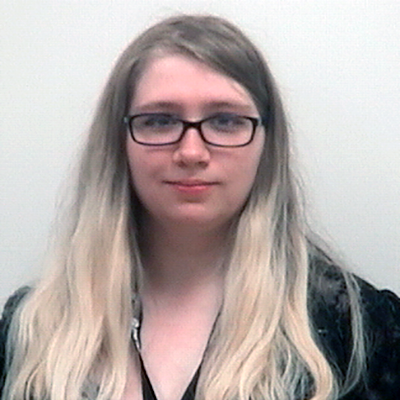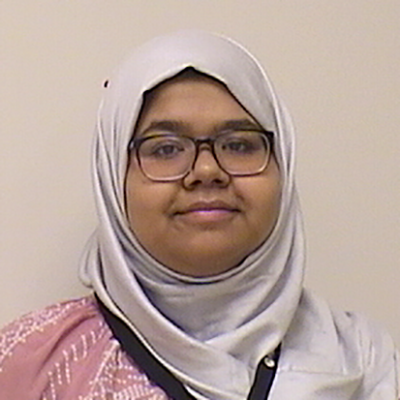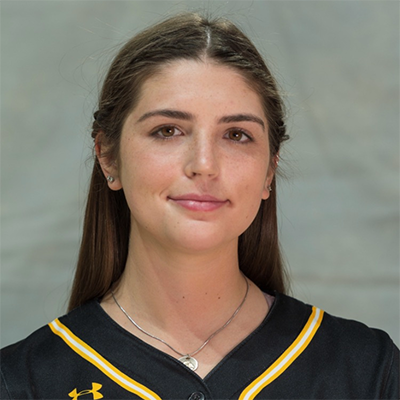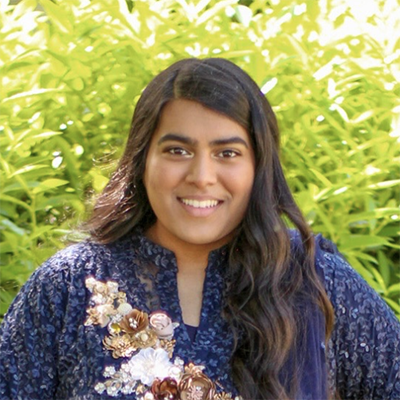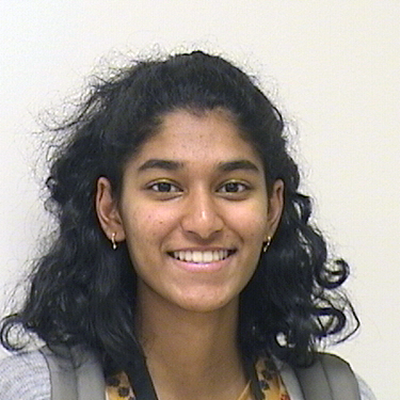Below is a summary of the abstract you submitted. Presenting author(s) is shown in bold.
If any changes need to be made, you can modify the abstract or change the authors.
You can also download a .docx version of this abstract.
If there are any problems, please email Dan at dar78@pitt.edu and he'll take care of them!
This abstract was last modified on March 15, 2022 at 3:58 p.m..
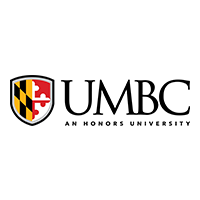
Three double-stranded DNA viruses were isolated from soil samples utilizing the host bacteria Streptomyces scabiei and S. mirabilis and were characterized through laboratory techniques as described in the SEA-PHAGES lab manual. Diverse microbiological and molecular traits have been explored through wet lab experimentation. Imaging by TEM was conducted to identify the morphology of the phages, which were classified as two siphoviruses (Tonystarch and Annihilus) and one podovirus (Vorvolakos). All three phages were found to be virulent phages after no bacterial overgrowth within a zone of clearing was observed following an extended period of time in incubation. Genomic DNA was isolated from the phages and examined by restriction digestion to confirm their uniqueness and predict the cluster of each phage. Annihilus and TonyStarch were identified as belonging to cluster BI and Vorvolakos to cluster BF. Analysis of gel electrophoresis data was then used to calculate the estimated genome size of the three phages. This information was later confirmed by genome sequencing and was found to support the normal range of genome size for the respective morphotypes. DNA sequencing showed these phages as having linear genomes ranging from 43,000 to 46,000 base pairs long. Annihilus and TonyStarch were identified to have 3’ sticky overhangs and Vorvolakos was identified to have direct terminal repeats of 253 base pairs. Gene annotations are being finalized presently and will be analyzed together with other genomic features to identify unique characteristics that make these phage genomes noteworthy. Preliminary examination of TonyStarch has identified multiple, putative frameshifts in a particular region of the genome, a pattern similar to that seen in other cluster BI1 phages. Annihilus, a cluster BI2 phage, has only one frameshift in a similar coding region. Vorvolakos (cluster BF) has two putative frameshifts in total. Future analyses will investigate whether additional evidence can be found to confirm these frameshifts and explore their possible roles and relative abundance in different clusters. Previous literature has identified bacteriophages containing frameshifts, which generally produce two overlapping proteins. These frameshifts can be directly involved in tail protein production or indirectly involved in protein regulation. This research is expected to provide insights into the functional role and evolutionary stability of programmed frameshifts in phage genomes.


